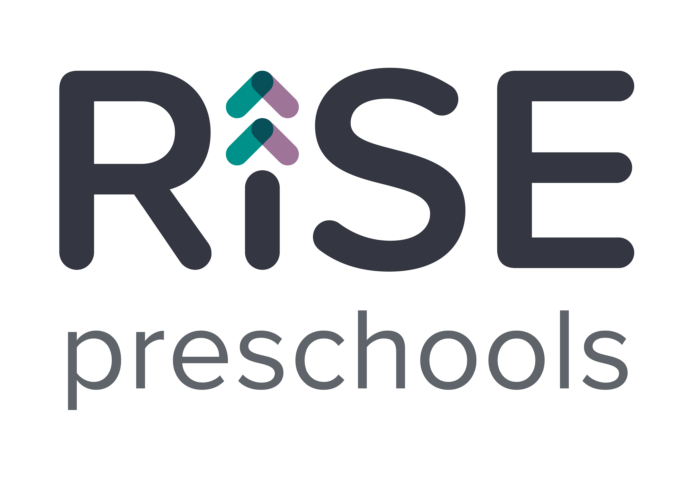The Power of Sensory Play in Early Childhood Education
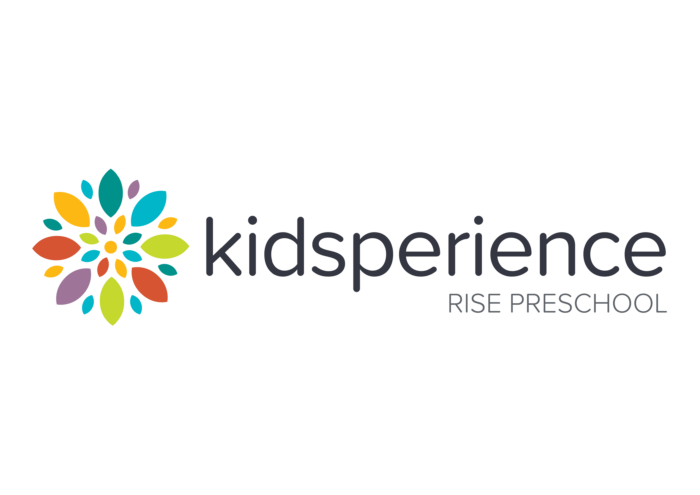
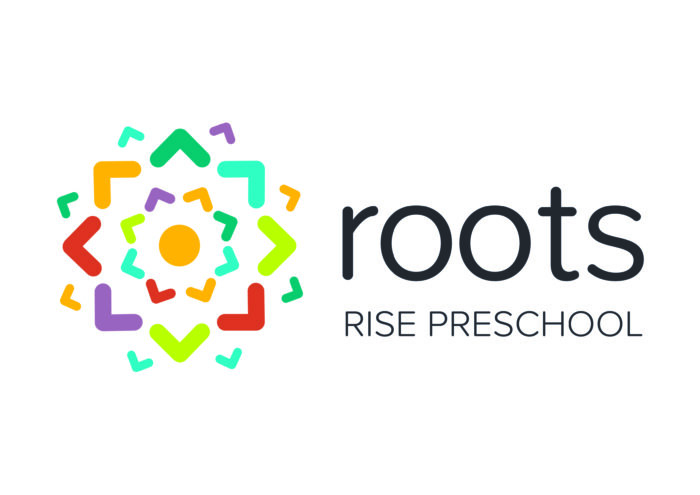
Early childhood is a crucial period of development, during which children absorb information about the world around them like sponges. One of the most effective ways to facilitate this learning process is through sensory play. Sensory play engages children’s senses – touch, sight, smell, taste, and hearing – to explore and understand their environment. In this blog, we will explore the purpose of sensory play in early childhood education, its numerous benefits, and offer some creative ideas for sensory trays that you can easily set up at home.
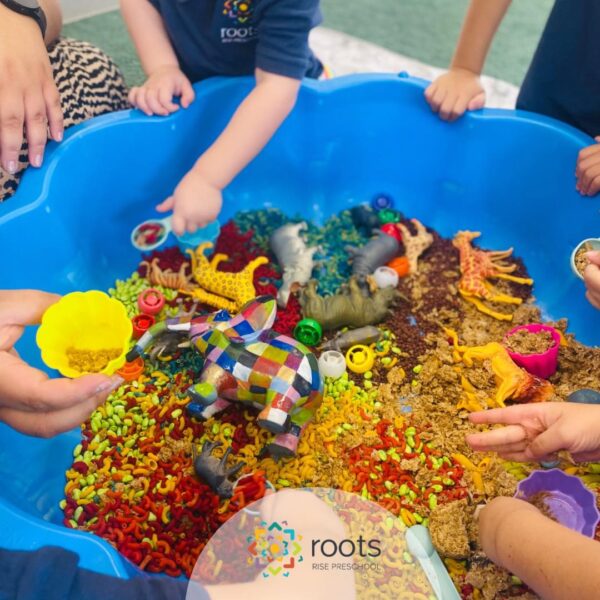
The Purpose of Sensory Play
Sensory play serves several important purposes in early childhood education:
- Cognitive Development: Sensory play helps children develop their cognitive skills by allowing them to manipulate and explore materials, stimulating their curiosity and problem-solving abilities. It encourages them to make connections between their sensory experiences and the world around them.
- Language Development: Engaging in sensory play often involves verbal communication. Children may describe the textures, colours, and sensations they encounter, expanding their vocabulary and communication skills.
- Fine Motor Skills: Activities like pouring, scooping, and pinching small objects in sensory play trays help develop fine motor skills and hand-eye coordination, which are crucial for tasks such as writing and self-care.
- Emotional Regulation: Sensory play provides an opportunity for children to manage their emotions. It can be calming, providing an outlet for stress and anxiety. Conversely, it can be exciting and energizing, allowing children to express joy and enthusiasm.

Benefits of Sensory Play
Now, let’s dive into some of the specific benefits of sensory play in early childhood education:
- Stimulates Creativity: Sensory play encourages imaginative thinking and creativity as children explore various textures, colours, and materials.
- Enhances Sensory Processing: It aids in the development of sensory processing skills, helping children better understand and interpret sensory information from their surroundings.
- Social Interaction: When children engage in sensory play together, they learn important social skills like sharing, cooperation, and turn-taking.
- Problem Solving: Sensory play often presents challenges and puzzles that children must solve. This promotes critical thinking and problem-solving abilities.
- Builds Confidence: As children gain mastery over different sensory experiences, they develop confidence in their abilities and a positive self-image.
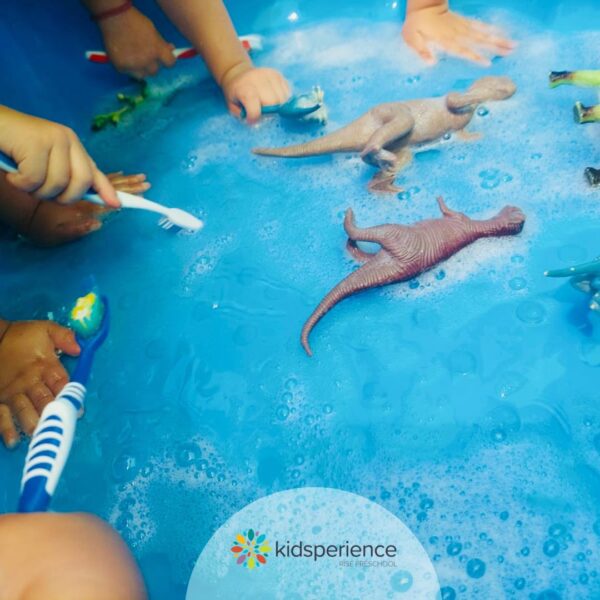
Sensory Tray Ideas for Home
Creating sensory trays at home is easy and cost-effective. Here are some ideas to get you started:
- Nature Exploration: Fill a tray with items like leaves, pinecones, and pebbles. Children can touch, examine, and categorize these natural objects.
- Colour Mixing: Provide bowls of coloured water (use food colouring) and droppers. Children can mix colours and watch them blend in a fun and visually stimulating activity.
- Sensory Bins: Fill a plastic bin with rice, dried beans, or sand. Add scoops, containers, and small toys for endless exploration.
- Water Play: Place a shallow tray or basin outdoors and let your child splash, pour, and experiment with water and various water-safe objects.
- Sensory Dough: Homemade playdough or clay provides a tactile experience and can be shaped into various forms, enhancing fine motor skills.
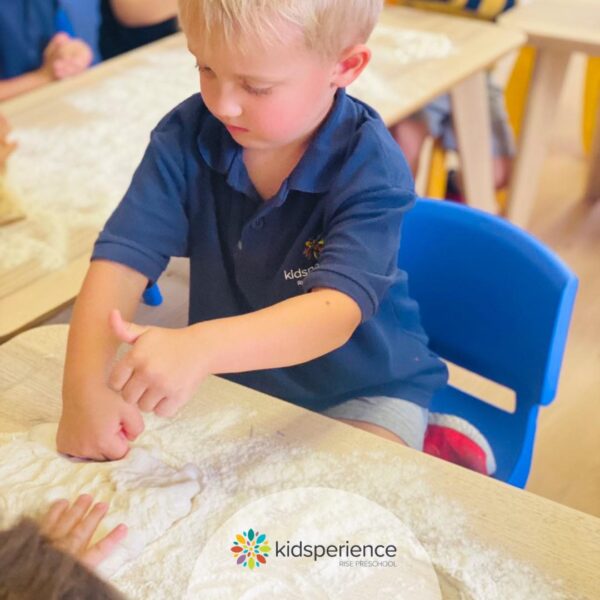
Sensory play is a valuable tool in early childhood education, offering a wide range of benefits for children’s cognitive, emotional, and social development. By creating sensory trays at home, you can provide your child with meaningful learning experiences that are both engaging and enjoyable. Encourage your child to explore, discover, and learn through their senses, fostering a love for lifelong learning from an early age.
